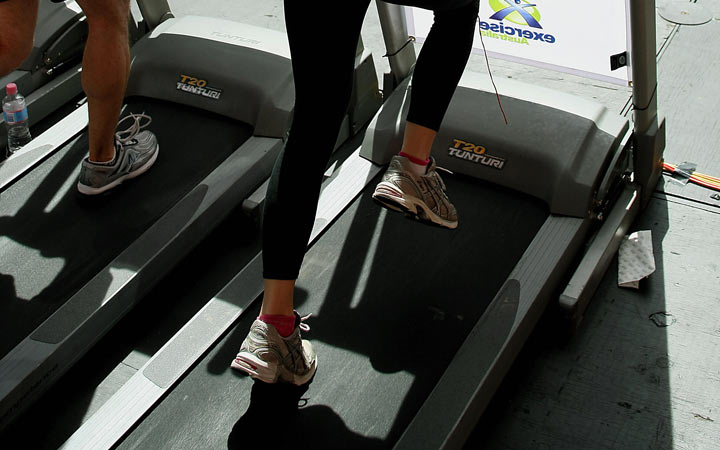Calgary researchers have launched the first-ever large scale trial to determine whether aerobic exercise can reduce migraine headaches.

Aside from the severe pain, which can last for days, sufferers can also experience nausea, vomiting, sensitivity to light or sound, and other neurological symptoms.
“Migraine is quite prevalent in the population,” says Dr. Farnaz Amoozegar, a neurologist and member of the University of Calgary’s Hotchkiss Brain Institute.
“Up to 12 to 15 per cent has migraines at any one time and we want to see whether aerobic activity can make a difference in reducing the frequency as well as other associated symptoms of migraine.”
Janine Warkentin is one of the 80 people participating in the six-month study. One headache in March was so intense she had difficulty speaking and ended up in emergency.
“I’ve had them (migraines) my whole life – it’s been a lot of years,” says Warkentin. “At my worst point I was probably 17 to 20 days a month or more where I was unable to work.”
Warkentin says while it’s too soon to say conclusively the exercise is having a big impact, she has already noticed a small improvement.
“When I get on the treadmill and exercise, my headache isn’t necessarily going to get worse- it might actually help a little bit.”
Participants are exercising three times a week.
Dr. Amoozegar says if the study finds benefits to aerobic exercise, patients will have another method of managing their condition and could also reduce their reliance on migraine medications.
Some estimates suggest migraine affects up to 12 per cent of the total population and nearly twice as many women as men.
The exact causes of migraine are not yet fully understood, but experts believe a combination of genes and environmental factors lead to the condition.
Common triggers include specific foods, sleep deprivation, stress and changes in the weather.


Comments